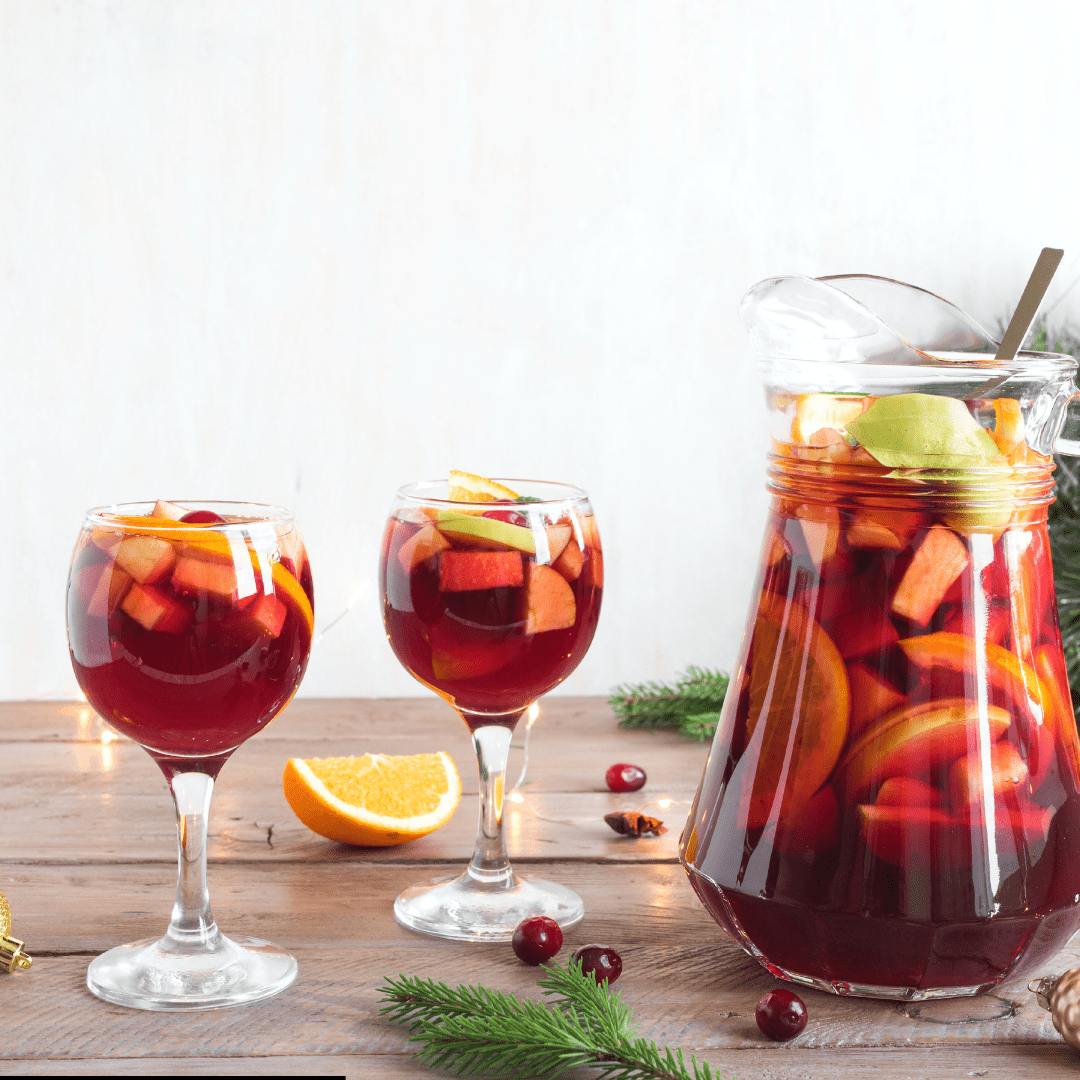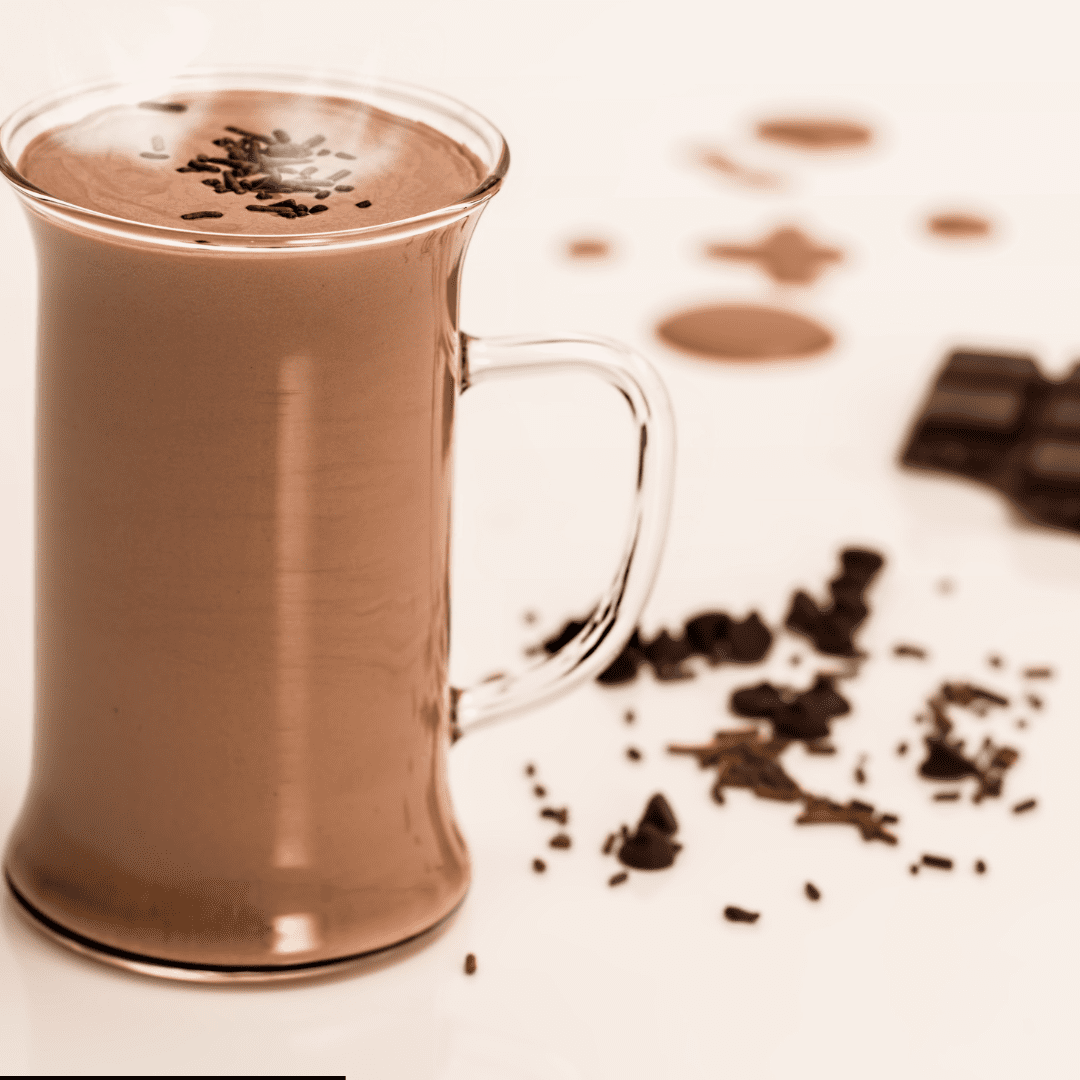Have you ever taken a moment during a leisurely evening at your favorite cocktail bar, sipping on a delicately balanced drink, to wonder about the mysterious component that brings it all together? I have, and let me tell you, that enigmatic ingredient is oftentimes none other than Angostura bitters. This infamously guarded secret, with its origins cloaked in the history of tropical Trinidad, has been the backbone of many classic cocktails, elevating them from good to unforgettable.
What is Angostura Bitters?
Angostura bitters is a concentrated herbal alcoholic preparation used as a flavoring in cocktails and some culinary dishes.
Ingredients:
- High-proof spirit (such as vodka or grain alcohol) – 2 cups
- Dried bittering agents (like wormwood or gentian root) – 2 tbsp
- Dried spices (for example, cinnamon sticks, cloves, and allspice) – 2 tsp of each
- Citrus peel (preferably from an organic orange or lemon) – 2 tbsp
- Cardamom pods – 10
- Dried cherries or raisins – ¼ cup
- Fresh ginger root – 2-inch piece sliced thinly
- Caraway seeds – 1 tsp
- Nutmeg – 1 whole, cracked
- Dried chamomile flowers – 1 tbsp
- Mace – 1 tsp
- Vanilla pod – 1 (split down the middle)
- Distilled water (if needed to adjust proof)
Instructions:
- Prepare Your Botanicals: Start by measuring out your botanicals carefully. Roughly crush the larger spices and pods to help them release their flavors.
- Infusion Time: Combine the botanicals with the high-proof spirit in a clean glass jar. Ensure the alcohol covers all the ingredients, as exposure to air could lead to mold.
- Let It Sit: Seal the jar tightly and store it in a cool, dark place. Let this mixture sit for about 2 to 3 weeks. Give the jar a gentle shake every few days to redistribute the botanicals.
- Strain the Mixture: Once the infusion has reached your desired level of intensity, strain it through a coffee filter or cheesecloth into a clean jar or bottle. Make sure to squeeze out all the flavorful liquid you can.
- Fine-tuning: If the flavor is too intense, you can dilute the bitters with distilled water. However, be cautious, as this will also reduce the alcohol content.
- Optional – Sweetening: If the bitterness is more than you prefer, consider adding a simple syrup to the bitters. Start with a small amount; you can always add more if needed.
- Bottling: Transfer the strained bitters to smaller dropper bottles for more convenient use.
- Ageing: Let the bitters age for another week to allow the flavors to mellow and integrate.
Tips:
- Taste as You Go: The bitters’ flavor will evolve over time, so it’s essential to taste them regularly after the first week to see how they’re developing.
- Experiment: The above spices are just a suggestion. Feel free to tweak the ratios or add other spices that you enjoy.
- Label Your Bottles: If you get bitten by the bitters bug and make different kinds, label your bottles with the ingredients and the date so you can keep track of your favorite combinations and replicate them in the future.
- High Proof is Your Friend: The higher the alcohol content, the better it will extract flavors from your botanicals and act as a preservative.
- Safety First: Always use clean equipment to avoid introducing bacteria into your bitters.
What To Serve With
Classic Cocktails:
- Old Fashioned: A timeless whiskey-based cocktail enhanced with a few dashes of bitters, sugar, and a splash of water. The bitters add depth and cut through the sweetness.
- Manhattan: Pairing rye whiskey with sweet vermouth and Angostura bitters creates a perfectly balanced, sophisticated drink.
- Sazerac: A New Orleans classic made with rye whiskey, sugar, Peychaud’s bitters, and a touch of absinthe, occasionally enhanced with Angostura bitters.
- Negroni: Though traditionally made without Angostura bitters, adding a dash can deepen the complexity of this gin-based cocktail.
Modern Cocktails:
- Espresso Martini: A few dashes of bitters can balance the sweetness of coffee liqueur and sugar syrup, providing warmth to this popular drink.
- Rum Sour: Mix Angostura bitters with dark rum, lime juice, and sugar syrup for a tropical-inspired cocktail.
- Tropical Mai Tai: Adding Angostura bitters to rum-based cocktails like Mai Tai can amp up the depth and richness of flavor.
Non-Alcoholic Drinks:
Mocktails:
- Bitters and Soda: One of the simplest ways to enjoy Angostura flavors is by adding a few dashes to sparkling water or club soda, creating a refreshing, complex, and lightly bitter drink.
- Fruit Juices: Mix Angostura bitters with juices like orange, pineapple, or grapefruit to cut through sweetness and add complexity.
- Ginger Ale or Cola: For a quick, flavorful twist, add a dash of ginger ale, cola, or tonic water.
Food Pairings:
Savory Dishes:
- Marinades: To give meat or seafood marinades a spiced, aromatic kick, add a splash of Angostura bitters.
- Sauces and Dressings: For enhanced depth of flavor, incorporate bitters into barbecue sauces, vinaigrettes, or salad dressings.
- Soups: A few bitters can be stirred into rich soups like tomato-based or cream soups for a punch of seasoning.
Snacks And Appetizers:
- Deviled Eggs: Add a touch to the mayo mixture for a smoky, slightly bitter twist.
- Oysters: A few drops on freshly shucked oysters can provide subtle spiced notes.
- Grilled Vegetables: Drizzle bitters over roasted or grilled veggies to elevate their natural flavors.
Desserts And Sweet Dishes:
Sweet Treats:
- Ice Cream or Sorbet: A dash of bitters drizzled over vanilla ice cream or citrus sorbet introduces a complex flavor profile.
- Chocolate Desserts: Add bitters to chocolate cakes, brownies, or mousses to highlight their rich cocoa notes.
- Caramel-Based Dishes: Pair bitters with caramel sauces or puddings to give a smoky undertone.
- Fruit Compote: For added depth, stir a few bitters into fruit-based toppings, such as berry compote.
Baked Goods:
- Pies: Incorporating a few dashes into the filling of pumpkin or pecan pies can enhance spices like cinnamon and nutmeg.
- Cookies: Angostura bitters can complement warm spices in gingerbread or spiced sugar cookies.
- Cakes: Use bitters in spiced cakes or fruit-centric cakes like banana bread for a sophisticated aromatic twist.
Hot Drinks:
Coffee:
- Spiced Coffee: Add a drop or two of bitters to a cup of coffee or espresso for a subtle complexity reminiscent of spiced liqueurs.
- Irish Coffee: Enhance the flavors of this whiskey-infused coffee concoction with Angostura bitters.
Tea:
- Chai Tea: Its warm spices are beautifully complemented by the earthy flavors of bitters.
- Hot Chocolate: It might seem unusual, but a few dashes in hot cocoa can amplify the richness.
Health Benefits
- Ease indigestion: Bitters can help relieve discomfort from indigestion by speeding up digestion.
- Reduce bloating and gas: By enhancing natural digestive processes, Bitters can reduce bloating and gas.
- Appetite Regulation: Angostura bitters can also act as an appetite stimulant, making them useful for those needing help increasing their food intake. Conversely, they can indirectly support weight management efforts by promoting a sense of satiety and improving digestion.
- Anti-Nausea Properties: The botanical components in Angostura bitters can have anti-nausea effects, making them a traditional remedy for motion sickness, morning sickness, or nausea related to other causes. A small dose can help settle the stomach.
- Anti-Inflammatory Effects: Several of the herbs and spices used in Angostura bitters possess anti-inflammatory properties. Regular but moderate consumption could reduce systemic inflammation, although the effect may be subtle due to the small quantities typically consumed.
- Antioxidant Benefits: Angostura bitters contain compounds that act as antioxidants, which are molecules that help neutralize free radicals in the body. Free radicals are unstable atoms that can damage cells, causing illness and ageing. Antioxidants thus contribute to overall health and help reduce the risk of chronic diseases.
- Blood Sugar Regulation: Some studies suggest that the bitter taste receptors stimulated by bitters like Angostura may regulate blood sugar levels. This could potentially help manage or even prevent type 2 diabetes, though one should not rely solely on bitters for managing such conditions.
- Heart Health: The antioxidants in Angostura bitters may contribute to heart health by reducing inflammation and potentially lowering blood pressure. However, given the small quantities consumed, the effects are likely to be minor.
Final Thoughts
Through our exploration, we’ve uncovered that the benefits of Angostura bitters are manifold. From aiding digestion, stimulating the appetite, and easing nausea to harboring anti-inflammatory and antioxidant properties, this aromatic blend offers more than just flavor. It invites a foray into a traditional remedy, seamlessly transitioning into the contemporary wellness and culinary scenes.
More Drink Recipe:
[penci_recipe]





